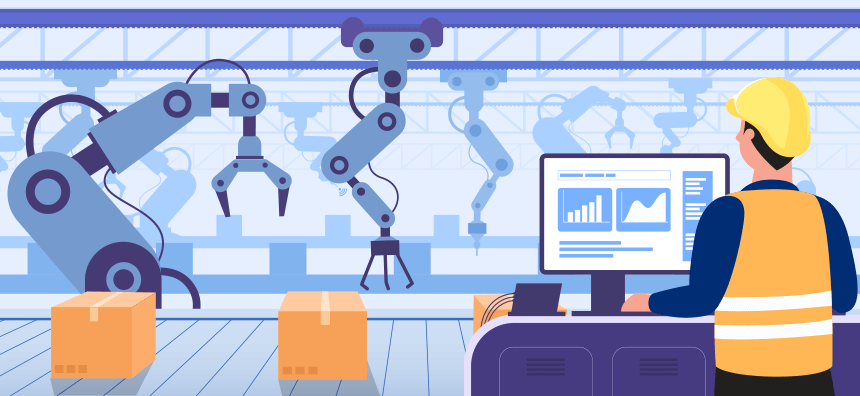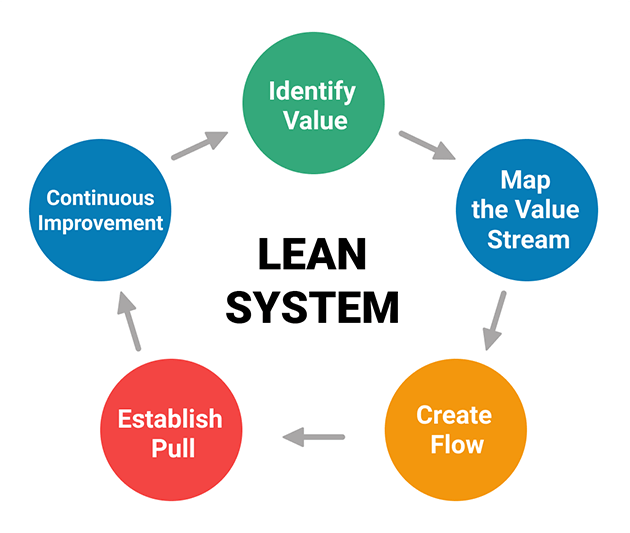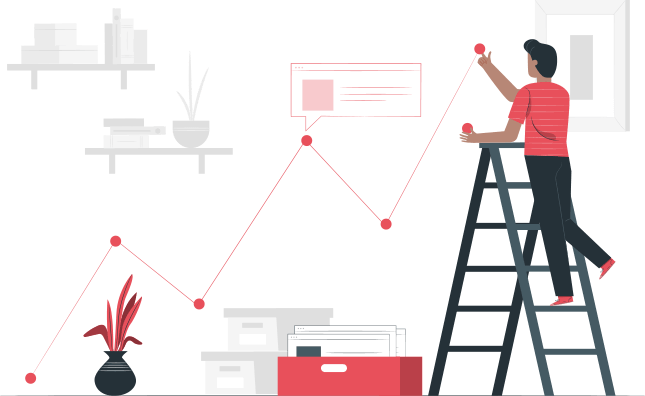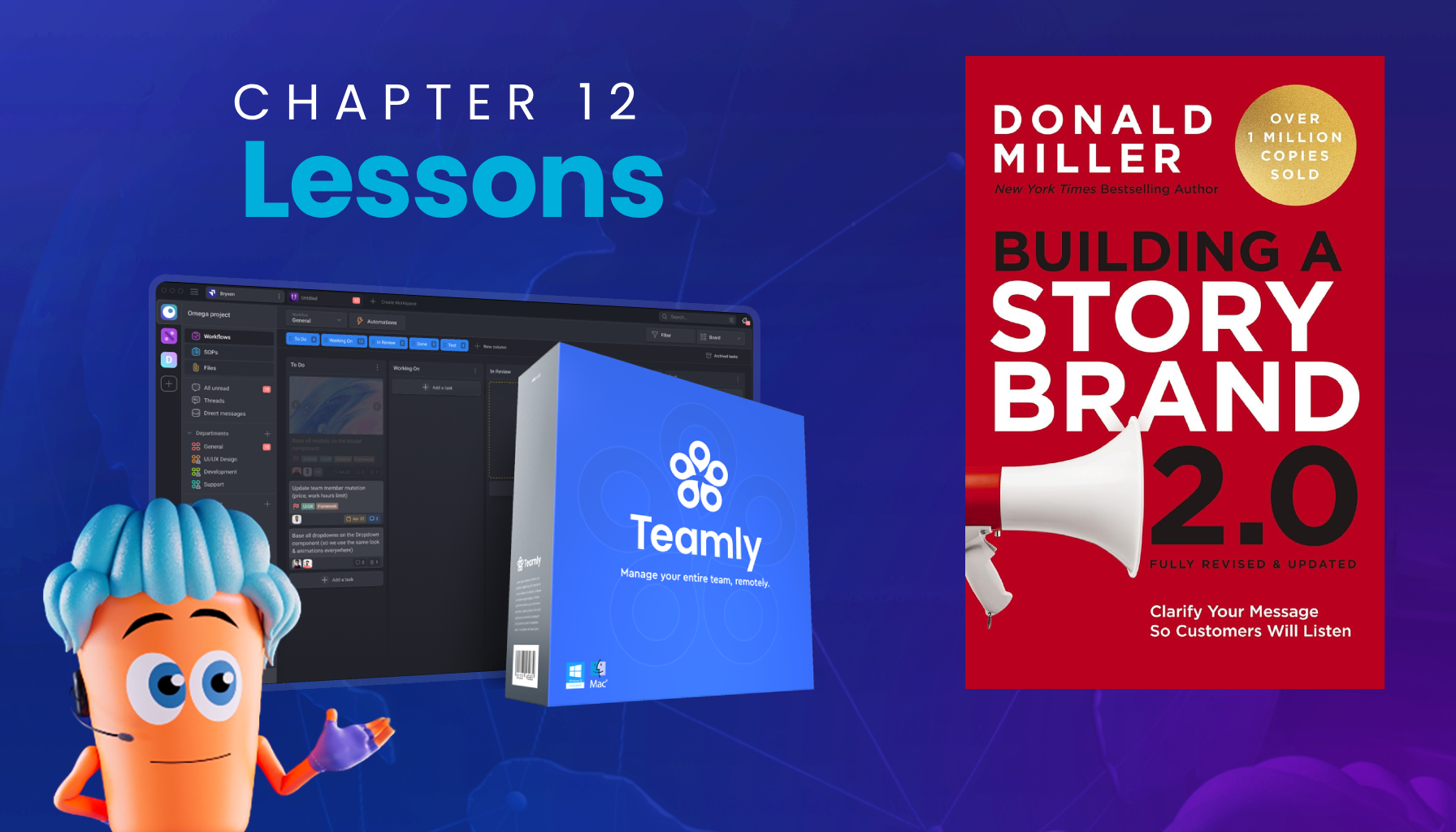
Click the button to start reading
A Lean Approach to Project Management
Have you ever started something that should have taken thirty minutes and it ended up taking forever? Maybe you went into the kitchen to make dinner, and it was three and a half hours later before you finally sat down to eat.
When we don’t take time to plan a project, it may well end up having all sorts of inefficiencies.
Lean project management, in part, is about identifying and reducing these inefficiencies. Although lean cannot be distilled into one simple definition, a central concept is value. Lean processes are oriented around adding value to the customer, or the project’s end goal. Anything that doesn’t do this is considered waste.
Another key concept is workflow management. A lean system carefully analyzes and improves workflow to make processes fluid. This entails eliminating bottlenecks by creating a pull, as opposed to a push, system.
Without a lean approach, projects take longer and expenses increase. Plus, workloads become really uneven–one person is overworked at the same time that another stands around looking for something to do. In more instances than one, a poor manufacturing system can even lead to business failure.
And so projects certainly benefit from applying lean principles. Lean isn’t exactly a methodology, like scrum or waterfall. It’s more of a set of principles to apply to a system. It can be integrated into manufacturing, software development, and start-ups. So whether you’re using scrum, waterfall, agile, or something else entirely, you can incorporate lean into project management.
In order to understand more about lean, let’s look into its origins and fundamental characteristics. Then we’ll look at how to implement lean project management into your organization, and how it benefits the team.

Origin and Characteristics of Lean
Way back in the 1930s, Eiji Toyoda, a mechanical engineer, came to work at his cousin’s newly established automobile plant in Nagoya, Japan. As the company grew, Toyoda visited the Ford Complex in Dearborn, Michigan, to see how the big boys ran the show. At this point, his plant had made about 2,500 cars, while Ford made 8,000 cars each day.
Although Toyoda learned a lot about mass production from this visit, he also witnessed a lot of waste in Ford’s manufacturing processes. And so he didn’t seek to emulate Ford’s methods, but rather to improve upon them.
He then partnered with machinist Taiichi Ohno to develop what became known as the “Toyota Way,” a production system that emphasized the elimination of waste and continual improvement.
In the 1980s, James Womack and Daniel Jones, automobile researchers at MIT, visited the Toyota plant. In 1990, they wrote a book about their observations, called The Machine that Changed the World. Here are some key takeaways from their observations:
-
A Lean System
Womack and Jones described the processes they witnessed as “lean” because Toyota used so much less than mass production plants. They used half the space, half the tools, half the inventory and half the time. It’s the diet shake of production systems.
-
Craft Production and Mass Production Combined
Craft production is small batch and high quality, with close attention to detail. Oftentimes, it’s about creating one of a kind items. Whereas mass production is large-scale systematized manufacturing of goods. Toyota combined elements of these two systems at its plant.
-
Zero Defects
The Toyota Way had systems and processes in place to constantly review and upgrade its current way of doing things, with the ultimate objective of achieving the “perfect system.”
-
Everyone is Responsible
Toyota manufacturing plants didn’t have a traditional top-down approach, where the team follows orders from its manager. Rather, the responsibility was pushed as far down the chain of command as possible. Each employee had a lot of freedom about how they went about doing his or her work. This was a benefit for sure, but it also made the position more stressful, as they were accountable for any defects in production.
-
Employees With Multiple Skills
At Toyota, employees continually expanded and honed their skill sets, developing expertise in many areas over time. This created a knowledgeable and skilled staff without a lot of hierarchy.
In sum, Womack and Jones saw something different and revolutionary at this Toyota plant in respect to how products were made, and in the dynamics and responsibilities of team members. They eventually codified their research into five principles, which they outlined in their 1996 book, Lean Thinking. Let’s look at those next.

The Five Principles of Lean
As we discussed, the principles of lean really were developed by Eiji Toyoda and Taiichi Ohno. Womack and Jones are the researchers who studied these methods, coined the term “lean” and distilled them into these five principles.
1. Identify Value
The first principle of lean is to identify what adds value to the final product or the end goal. This is in contrast to a team working to complete a project. It entails really knowing the customers and then looking to solve their problems and needs.
A task of building a car isn’t to simply put it all together, but rather to provide the customer with safety, comfort, convenience and anything else they might need.
And so a lean system looks at its processes and asks: Is this action adding to the value we’re seeking to create?
2. Map Value Stream
After clarifying the project’s value or end goal, the next step is to identify the steps to create it. First of all, this entails looking at what is really going on within the organization right now, not what you plan to have happen or what you think should be happening.
At Toyota, this concept is known as “Genchi Genbutsu.” Literally translated, this means “real location, real thing” or “go and see.” Engineers at the Toyota plant would spend hours on the production floor, observing cars being assembled in real time.
A second step entails examining these steps, and putting them into distinct categories:
-
A Process that Adds Value:
These are steps integral to achieving the project’s ultimate objective.
-
A Necessary Process that Adds No Value:
This includes things like clerical or administrative work that may not directly impact the end goal, but cannot be taken away.
-
An Unnecessary Process that Adds No Value:
These are things like excessive documentation and long meetings; things that don’t impact the project and could be “cut away” from the process without anyone missing a beat.
As you may have guessed, the final step of mapping a value stream is to eliminate anything in this final category.

3. Create Flow
Workflow is part and parcel to lean. When you’ve looked at what really is going on, and identified what adds value and what doesn’t, the next step is about putting processes into place.
Some organizations already have an established system in place, such as scrum. In this instance, incorporating lean means adding or modifying the system. Scrumban, for example, is a modified scrum that utilizes principles of lean and kanban.
The Toyota Way creates this flow using three principles known as muri, mura and muda:
-
Muri (overburden)
Find places in the workflow with bottlenecks, and examine them closely to fix them, perhaps by adding additional labor, purchasing additional equipment or creating a more efficient process.
-
Mura (inconsistency)
Identify places where defects or inconsistencies occur and reduce them.
-
Muda (waste)
Eliminate pointless or time consuming things; tasks that don’t add any value to the customer or the product goal.
4. Establish Pull
A pull system means that you make things as they’re needed. Cory Ladas summarized this concept in his book, Scrumban: Essays on Kanban Systems for Lean Software Development: “Don’t build features that nobody needs right now. Don’t write more specs that you can code. Don’t write more code than you can test. Don’t test more code than you can deploy.”
Have you ever seen coffee cups stack up next to an espresso machine during a morning rush? This is an example of a bottleneck along a push system. A pull system only produces as things are needed further up the production chain.
It’s closely related to the theory of constraints, which means you organize work processes around whatever step is the slowest.
5. Continuous Improvement
In Toyota, this idea is known as “Kaizan,” which is a combination of the words “change” and “good.” A lean system looks at its current processes and strives for continuous improvements. Nothing is ever deemed “best,” but rather “better.” Improving means looking at the root cause of problems, so that you can keep them from happening over and over again.
In sum, these are the five principles that Womack and Jones identified after studying manufacturing plants at Toyota. They work together to create a system that’s not only efficient, but high quality as well.

Five Ways to Implement Lean
Do you ever write a report and wonder if it’s even read by anyone else on the team? And have you ever had an inbox so full of “must read” emails that it’d take you half the day to read through them all?
There’s all sorts of inefficiencies in the workplace, and these are some telltale ways that projects can incorporate lean principles. Let’s look at a few ideas here.
1. Eliminate Waste
Looking closely at all aspects of an organization usually reveals all sorts of time and energy put into needless tasks.
One of the most common is over-communication: emails that are unnecessarily copied to everyone in the office, or long meetings that discuss issues that don’t pertain to many of the attendees.
One solution here is to have meetings organized so that people know which portion they must attend, and to have a limit of just one or two weekly all-office emails, that includes everything the office needs to be briefed on for the week.
Other common areas of waste include creating duplicate reports for different stakeholders, writing documents that won’t be read, and waiting for approvals in order to get “green lit” for a project.
Identifying areas of waste is key. Bringing management on board, and cooperatively working to refine processes is an integral second step.
2. Cross Train
One of the characteristics Womack and Jones witnessed at Toyota was highly skilled employees and teams. People weren’t simply assigned to attach one widget onto another widget, day in and day out, but were trained in all areas of manufacturing.
Cross-training teams creates a strong foundation for an organization. It’s a type of succession plan of its own: if someone leaves, you’re not scrambling to replace them, because other people already know how to do the job.
One way to cross train is with the idea of pairing, which comes from extreme programming. This is when two programmers work together on the same task. This may seem wasteful, but what actually happens is they help each other with what the other doesn’t know, and then each one learns from the other. Each employee, as a result, becomes more proficient and skilled.
3. Give Teams Autonomy
Another characteristic of the Toyota Way is responsibility pushed down the chain of command. Individuals are highly responsible for their own work.
In order to create this autonomy, allow teams to select work for themselves, and decide when they’ll do the work. With freedom comes responsibility, and you’ll probably see an increase in initiative from the team.

4. Reflect on Processes
The kaizen concept of continual improvement is very similar to the agile retrospective.
Even if you’re not working in a scrum framework, schedule time periodically throughout the project to solicit feedback on the process and the team dynamic. Make sure these sessions are egalitarian and everyone feels free to share. When everyone’s said their piece, carefully consider what you’re hearing, and together look for ways to improve.
This process of continual improvement is how a team becomes strong over time.
5. Establish a Pull Workflow
A pull workflow only produces work when the next step in the process is ready for it. For example, in a coffee shop, the cashier would only take an order when the barista was ready to make another coffee.
Establishing a pull workflow requires identifying “push” systems that create bottlenecks, and then replacing them with methods that trigger a process to take place instead.
One way to establish a pull workflow is to no longer assign work to specific team members, but rather allow people to select work from a backlog.
Visualizing workflow with a kanban board and establishing work-in-process limits is a quick and easy way to identify bottlenecks.
In sum, these are a few ways to incorporate lean into your project management. But these are just ideas. Lean isn’t a process or methodology like scrum. And it doesn’t seem to have specific tools, like kanban. And so lean principles can be applied in a variety of ways.

Benefits of Lean
Now let’s look at three ways a team and organization benefits from lean.
-
Delivers Value to Client
Lean isn’t about cranking something out, but it’s about identifying how a product provides value to the customer or client. When all the processes are aligned around delivering value, then it solves the client’s problem, and they’re more likely to be satisfied.
-
Motivates the Team
A lean system gives individuals more responsibility, which in turn gives them more pride in their work.
-
Reduces Costs
Finally, when inefficiencies and waste are identified, it dramatically reduces cost for a team.
All in all, lean really benefits the individual, the client and the organization. It’s a win overall.
Conclusion
Lean, as the name implies, is about cutting the excess fat from a work process or system.
Toyota developed the principles of lean in the 1940s, but it wasn’t until Womack and Jones studied and wrote about them in the 90s that they became known as “lean.”
These principles center around creating a push workflow and adding value. It means looking at a project and fixing areas that are overburdened and eliminating processes where waste occurs.
Whatever project management style you currently use, lean principles can be incorporated into it. Everyone benefits from these principles: the employees spend less time on needless tasks, the organization saves money, and the client receives a product that serves their needs.
Are you looking to incorporate lean principles into your project management? At Teamly, we have kanban boards that will assist with creating a pull system in your workflow. Come visit us today!
















